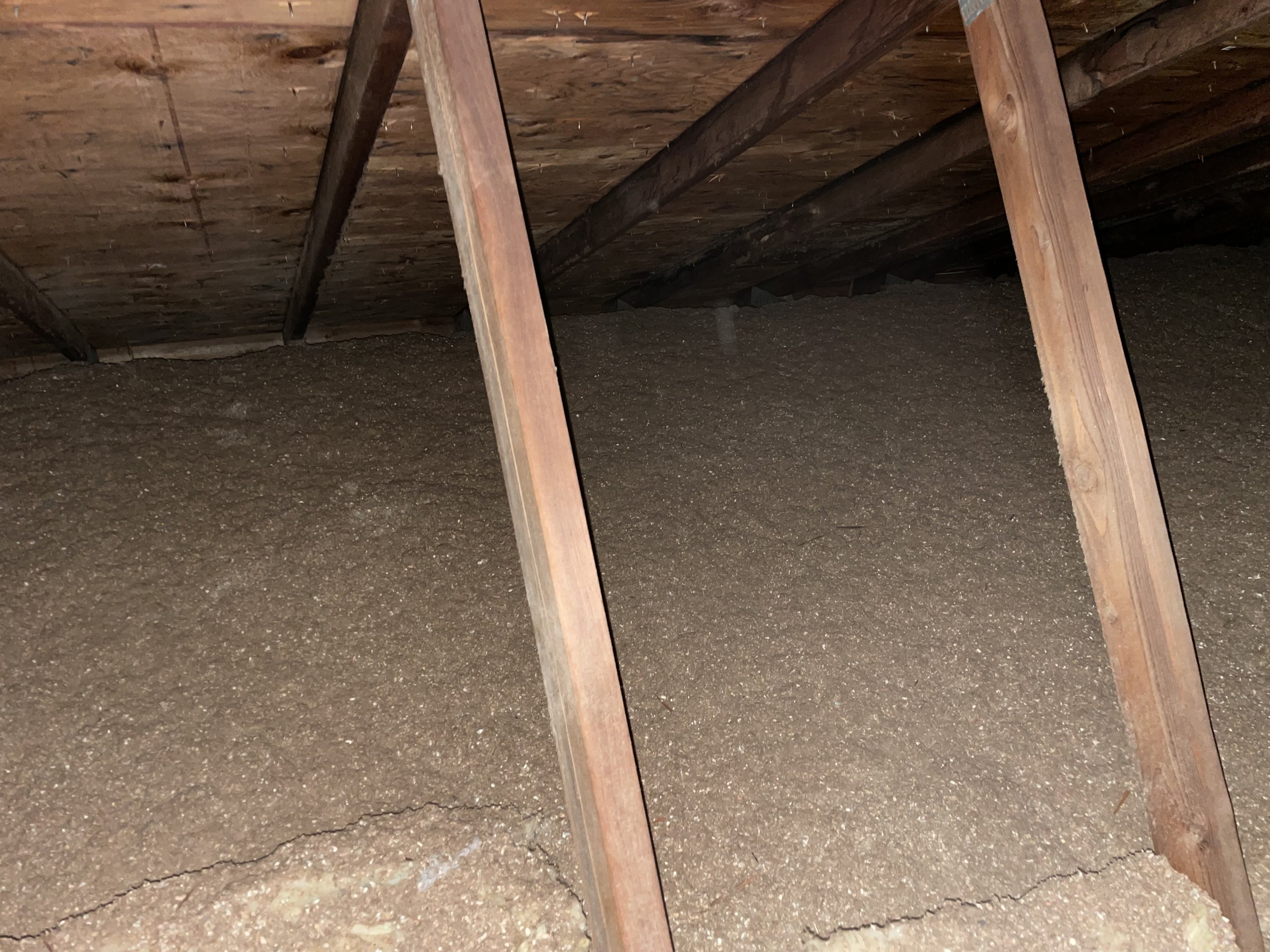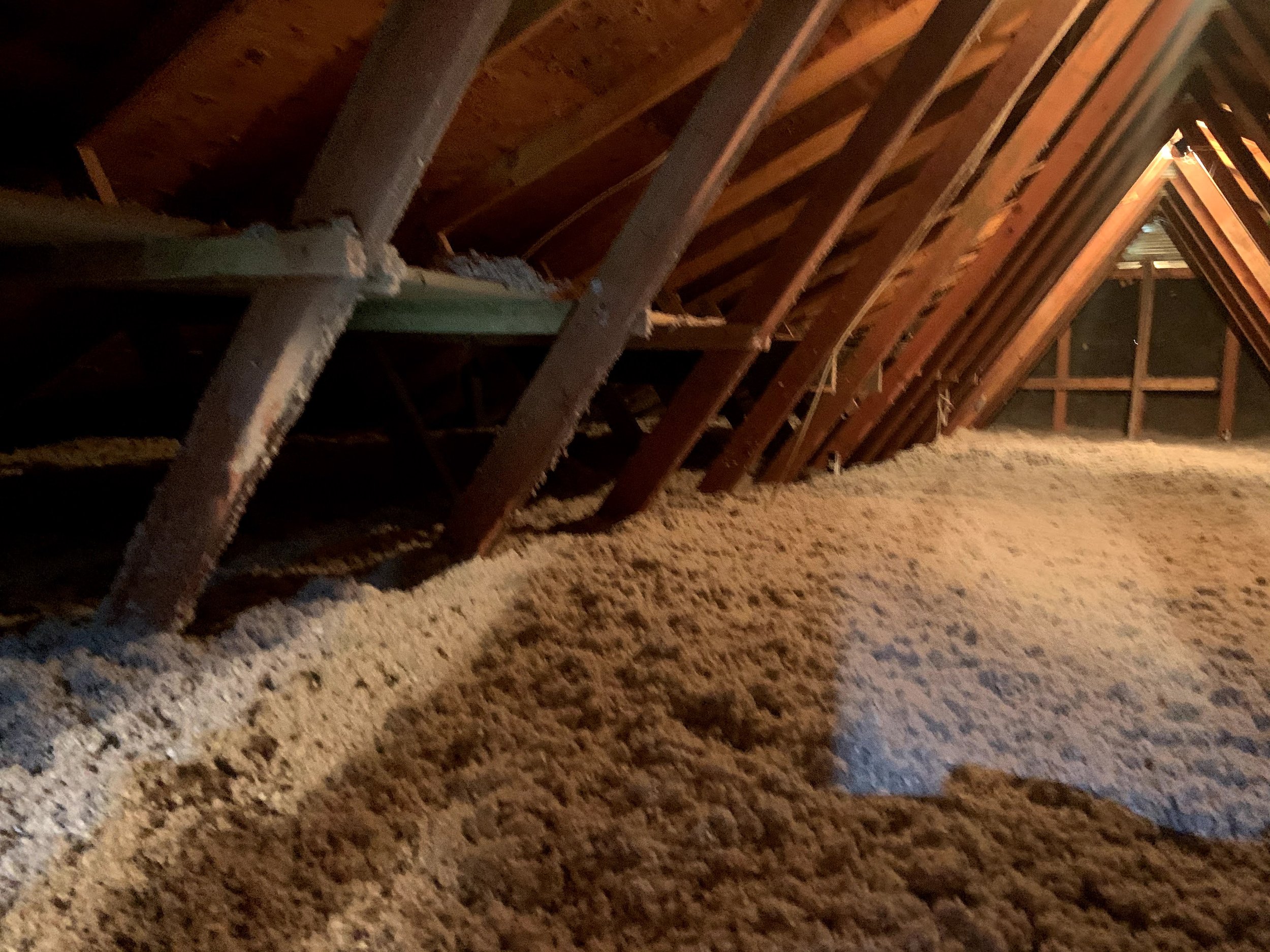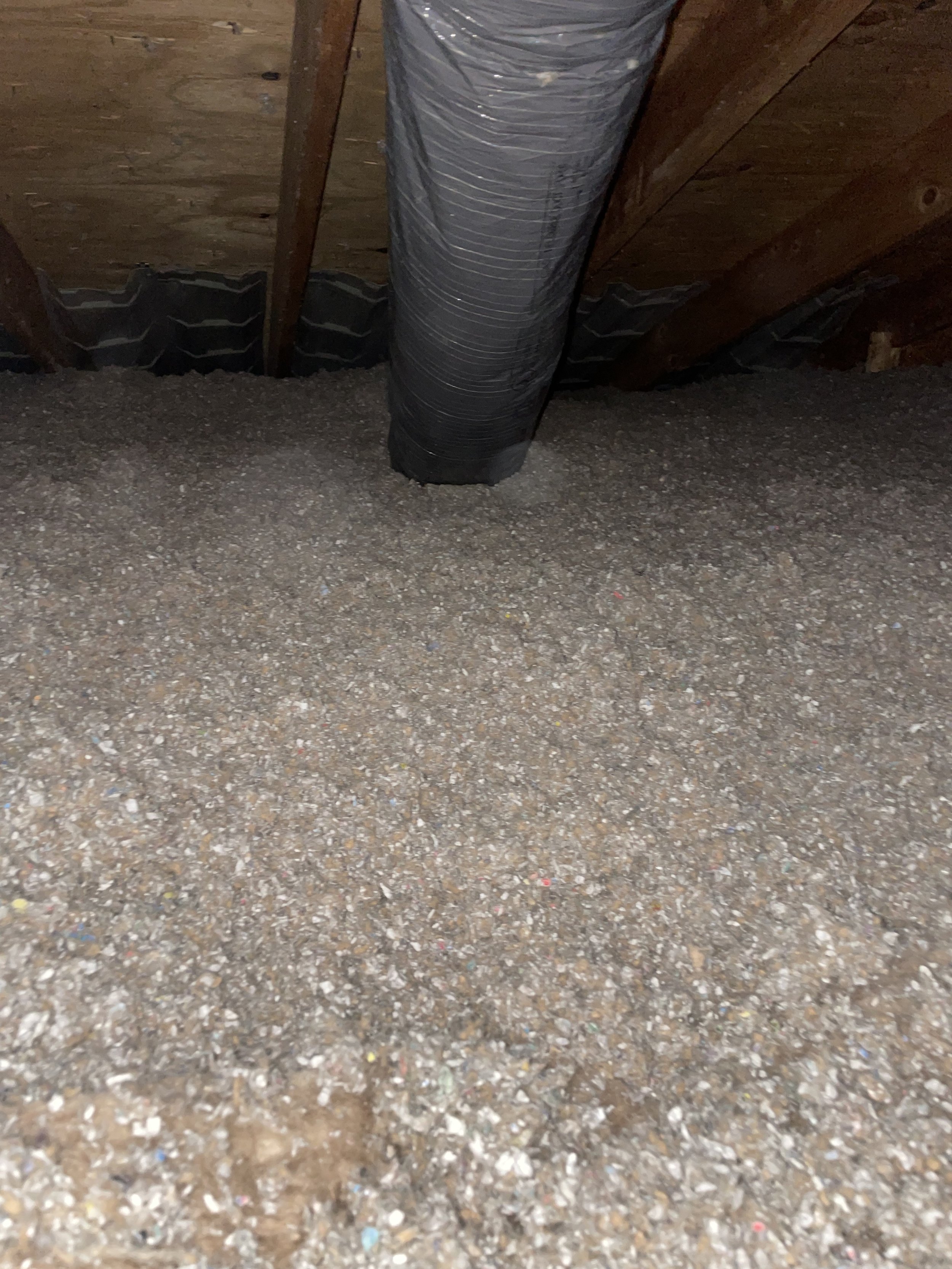Cellulose


What’s Cellulose Insulation?
Cellulose insulation is a type of insulation material that is made from recycled paper products, primarily newspapers. It is used to insulate buildings and improve their energy efficiency. The paper is treated with chemicals to make it resistant to fire, pests, and mold, and then it is shredded or ground into small fibers.
Cellulose insulation can be installed in various ways. It can be blown or sprayed into wall cavities, attic spaces, or other areas where insulation is needed. It can also be formed into batts or blankets and installed like traditional fiberglass insulation.
One of the main advantages of cellulose insulation is its eco-friendliness. It is made from recycled materials and requires less energy to produce compared to other types of insulation. It also has good thermal insulation properties, helping to keep buildings warm in winter and cool in summer. Additionally, cellulose insulation has the ability to reduce noise transmission and is relatively resistant to air movement, which can further enhance energy efficiency.
However, there are a few considerations with cellulose insulation. It requires professional installation to ensure proper coverage and performance. It can settle over time, reducing its effectiveness, so periodic checks and adjustments may be necessary. Additionally, cellulose insulation can absorb moisture, so proper moisture barriers and ventilation should be in place to prevent potential issues.
Overall, cellulose insulation is a popular and environmentally friendly option for improving the energy efficiency and comfort of buildings.
What are some pros and cons of using cellulose insulation?
Pros of using cellulose insulation:
Eco-friendly: Cellulose insulation is made from recycled paper products, reducing waste and environmental impact.
Energy-efficient: It has good thermal insulation properties, helping to keep buildings warm in winter and cool in summer, thus reducing energy consumption and costs.
Sound insulation: Cellulose insulation can reduce noise transmission, providing a quieter indoor environment.
Fire and pest resistance: The insulation material is treated with chemicals to make it resistant to fire and pests, enhancing safety and durability.
Cons of using cellulose insulation:
Professional installation: Proper installation of cellulose insulation requires professional expertise to ensure proper coverage and performance.
Settling: Over time, cellulose insulation may settle, reducing its effectiveness. Periodic checks and adjustments may be needed to maintain optimal insulation levels.
Moisture absorption: Cellulose insulation can absorb moisture, which may lead to mold or other issues if proper moisture barriers and ventilation are not in place.
Cost: While cellulose insulation is generally cost-effective in the long run, the initial installation cost may be higher compared to other insulation materials.
It's important to consider these factors and consult with professionals to determine if cellulose insulation is the right choice for your specific insulation needs.
Make a sustainable choice for your home with cellulose insulation! By opting for cellulose, you contribute to reducing waste and promoting recycling, as it's made from recycled paper. Experience the benefits of effective thermal and sound insulation while lowering your energy consumption. Before choosing, it is recommended to consult with Smart Energy Professionals first so we can assess your specific needs and provide guidance on the most suitable insulation solution for your project. Schedule an energy audit today or give us a call if you have any questions!


